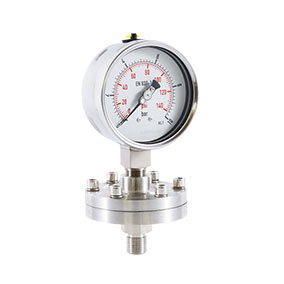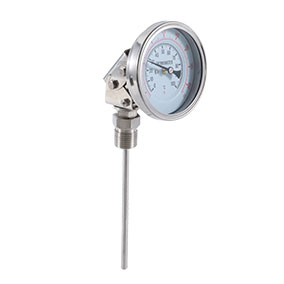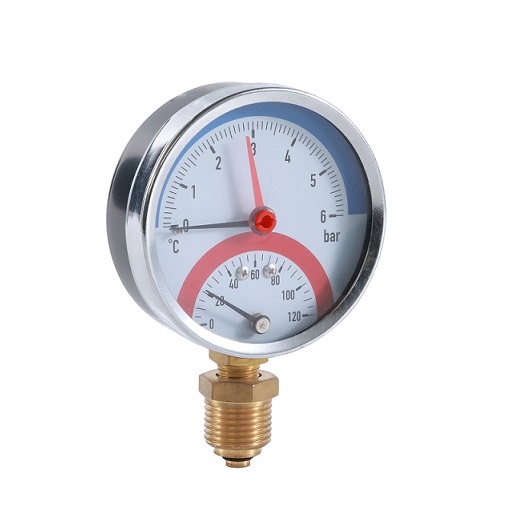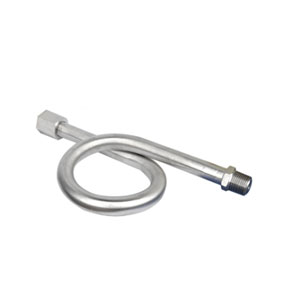What are the main advantages and applications of liquid-filled pressure gauges?
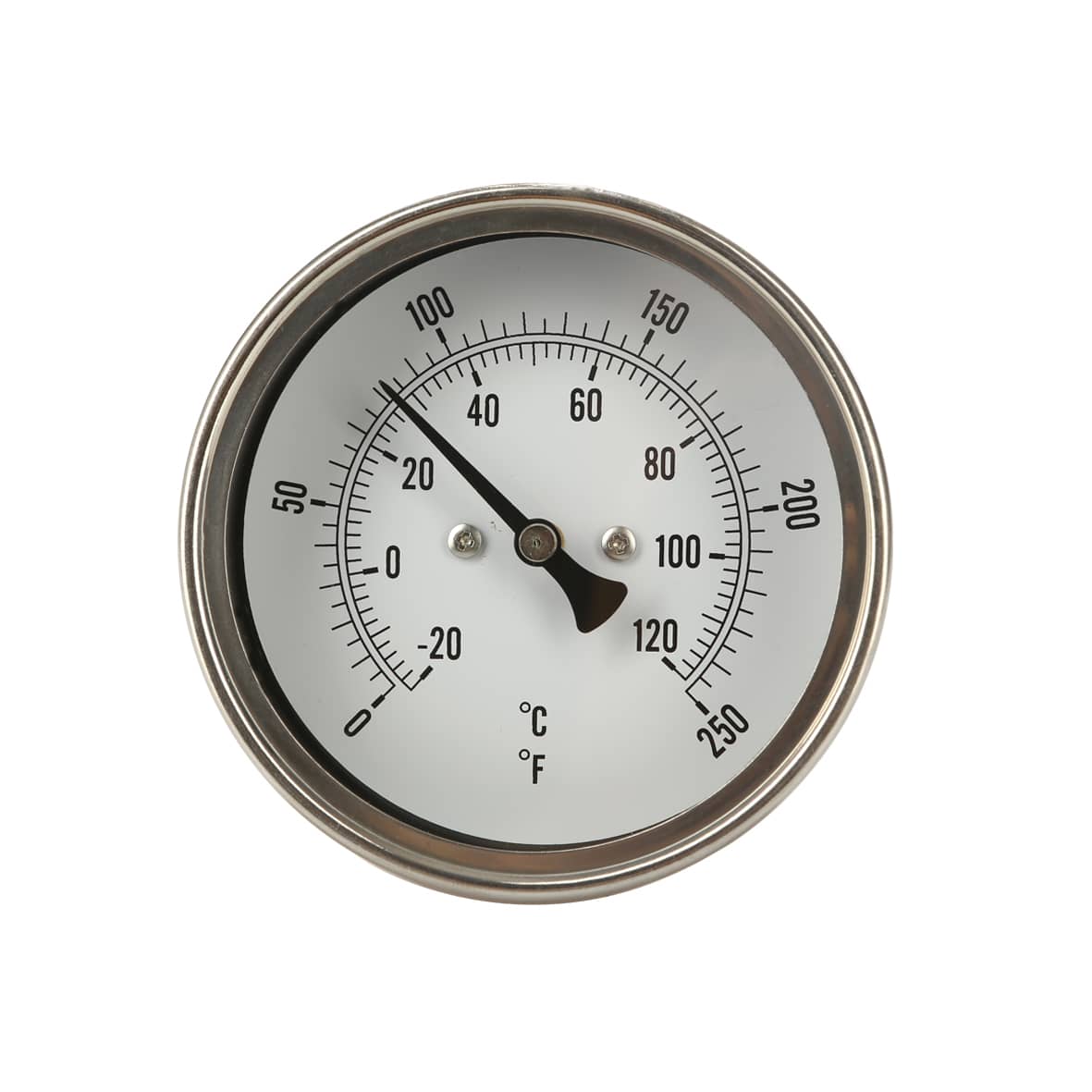
Liquid-filled pressure gauges are specialized instruments designed to measure pressure in demanding industrial environments. By filling the gauge with a liquid, typically glycerin or silicone oil, these gauges offer several advantages over their dry counterparts. This article delves into the unique features, benefits, and applications of liquid-filled pressure gauges, highlighting their importance in various industries.
What are Liquid-Filled Pressure Gauges?
Liquid-filled pressure gauges are similar to traditional pressure gauges but feature a liquid-filled chamber behind the dial face. The liquid, usually glycerin or silicone oil, serves to dampen vibrations and pulsations, providing a more stable and accurate pressure reading. This added stability makes liquid-filled gauges particularly well-suited for applications with high vibration or pulsation levels.
Advantages of Liquid-Filled Pressure Gauges
Vibration Dampening: The primary advantage of liquid-filled pressure gauges is their ability to dampen vibrations. In environments where machinery generates significant vibrations or pulsations, such as hydraulic systems or compressors, liquid-filled gauges provide more reliable and accurate readings by absorbing these vibrations.
Enhanced Durability: The presence of liquid in the gauge helps cushion the internal components against shocks and impacts. This increased durability makes liquid-filled gauges less susceptible to damage from sudden pressure surges or mechanical stress, resulting in longer service life and reduced maintenance requirements.
Improved Accuracy: Liquid-filled pressure gauges offer superior accuracy compared to dry gauges, especially in dynamic operating conditions. The damping effect of the liquid minimizes pointer flutter and needle oscillation, allowing for more precise pressure readings even in fluctuating pressure environments.
Extended Lifespan: By reducing wear and tear on internal components, liquid-filled pressure gauges typically have a longer lifespan than dry gauges. The liquid filling helps lubricate moving parts, preventing friction-induced wear and ensuring consistent performance over time.
Applications of Liquid-Filled Pressure Gauges
Hydraulic Systems: Liquid-filled pressure gauges are commonly used in hydraulic systems where pressure fluctuations and vibration are prevalent. These gauges provide accurate pressure readings, allowing operators to monitor hydraulic equipment performance and diagnose potential issues.
Pneumatic Systems: In pneumatic applications, such as air compressors and pneumatic tools, liquid-filled pressure gauges offer reliable pressure measurement even in high-vibration environments. This ensures optimal performance and efficiency of pneumatic systems.
Process Industries: Industries such as chemical processing, pharmaceuticals, and food and beverage rely on liquid-filled pressure gauges to monitor pressure in various processes. The stability and accuracy of these gauges are essential for maintaining product quality and safety.
Automotive and Aerospace: Liquid-filled pressure gauges find applications in automotive and aerospace industries for measuring pressure in engine systems, fuel lines, and hydraulic controls. Their durability and accuracy make them suitable for demanding operating conditions.
Liquid-filled pressure gauges offer several advantages over traditional dry gauges, including vibration dampening, enhanced durability, improved accuracy, and extended lifespan. These features make them indispensable tools in industries where precise pressure measurement is critical for safety, efficiency, and reliability. By choosing liquid-filled pressure gauges or other industry pressure gauges, businesses can ensure accurate monitoring of pressure levels in challenging environments, leading to optimized performance and reduced downtime.

